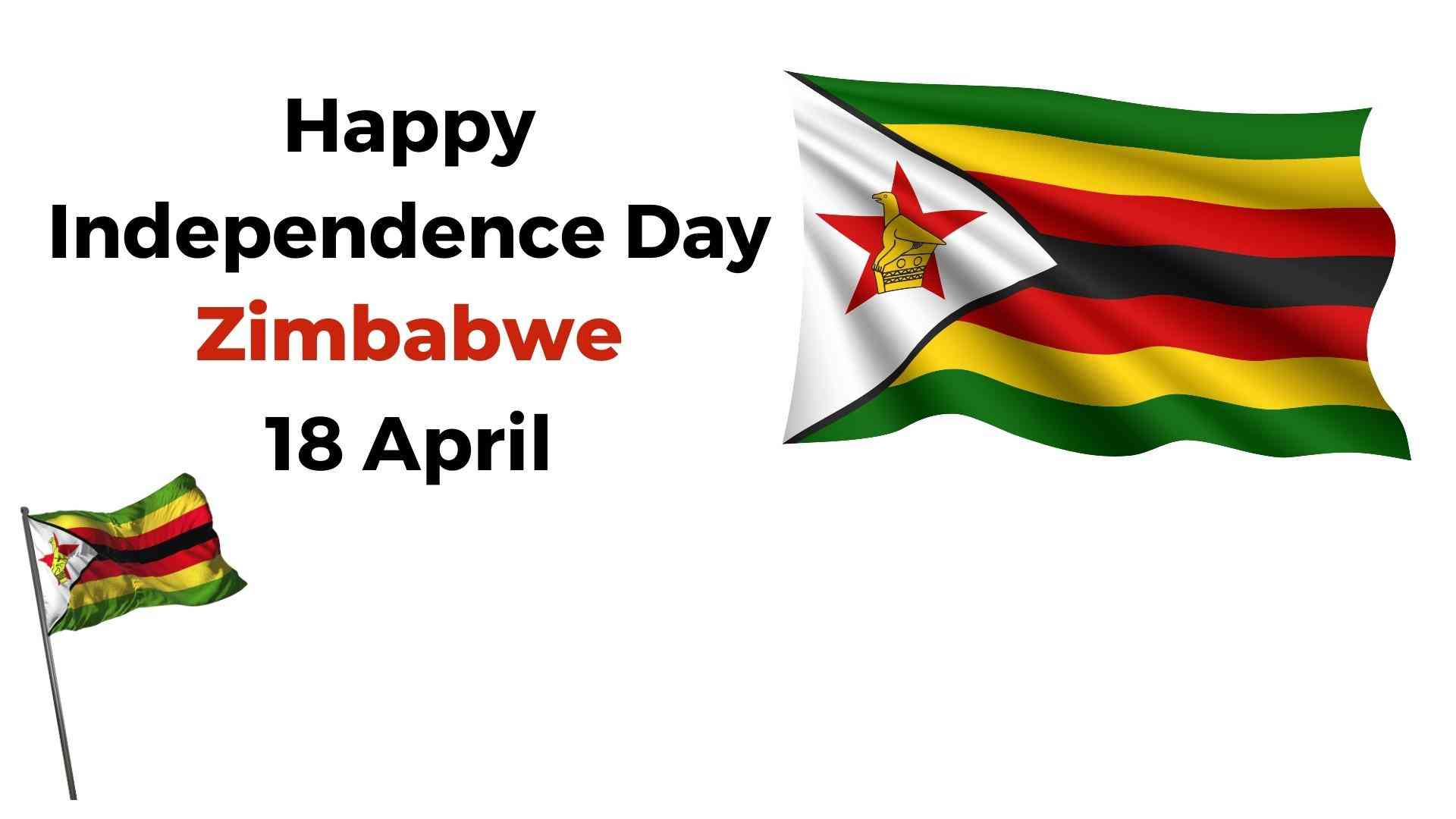
IDEALLY there is nothing positive about a pandemic. The level of disruption across business and personal spheres of human interactions causes various levels of devastation.
However, if the past has taught us anything, it’s that necessity is the mother of invention, and this is precisely what has happened with the COVID-19 pandemic.
When the pandemic started, there was a sense that things would quickly get back to normal, but a new normal arose which was based on unchartered territories. Not only was there a rush to find efficient ways of curbing an increase in infections through minimalistic interventions, but the pandemic gave various levels of opportunities from the perspectives of collaboration, technological interventions, and inclusive innovation.
In the healthcare sector, a normally stringent industry with a restrictive operational environment, the change was astronomical. Governments and regulators such as Postal and Telecommunications Regulatory Authority of Zimbabwe (Potraz) realised that they had to be agile and responsive in order to provide enabling legislation and infrastructure for COVID-19 curbing digital solutions to thrive.
From an innovation ecosystems perspective, a beautiful situation started to emerge across the African continent.
Firstly, due to the rapid evolution of the pandemic and the nature of regional interlinks, this resulted in the development of key collaborations and non-generic actors in the health sector.
Key organisations such as the African Union and World Health Organisation (WHO) became key facilitators linking countries through the development and management of platforms and information portals that were a starting point of visibility and information on what is happening around the African continent.
Such platforms are the Africa Medical Supplies Platform, an online marketplace to facilitate the sale and provision of COVID-19-related consumables, critical diagnostics and medical equipment and the WHO African region which have a marketplace that showcases innovation and start-ups around the continent and also invites actors to build the ecosystem.
- Chamisa under fire over US$120K donation
- Mavhunga puts DeMbare into Chibuku quarterfinals
- Pension funds bet on Cabora Bassa oilfields
- Councils defy govt fire tender directive
Keep Reading
Infrastructural giants such as MTN were quick to partner with governments and influential organisations such as Africa Centres for Disease Control (CDC) in offering infrastructural arms so that various solutions can be carried through.
This is mainly around the utilisation of Telco infrastructure to deliver health services such as reaching the unreachable through telemedicine, information dissemination through health check applications and even ambulance services.
Secondly, with the level of social distancing that was apparent, this meant a number of solutions and technological implementors ended up looking for local partners.
Such a change was welcome for disruptive start-ups that were already working on solutions that could be integrated into the healthcare delivery system.
This saw some notable start-ups such as PanaBios that developed a technological platform called Trusted Travel aimed at simplifying verification of public health documentation for travellers during entry and exit across borders — the core aim being to detect fraudulent polymerase chain reaction (PCR) test as well reduce the cost of travel for travellers due to only needing one PCR test across the continent.
Trusted Travel came to being with the Africa CDC , Econet and PanaBios being the key partners.
A Zimbabwean start-up (Vaxiglobal) founded by a winner of the 2018 WHO Innovation Challenge also stepped up to the plate.
The start-up is collaborating with the World Health Organisation African region (WHO AFRO) to design a technological solution for verifying COVID-19 test certificates and had proactively planned for vaccine rollout.
Contextually in Zimbabwe, though Potraz has been proactive in the past through launching a telemedicine pilot project in 2018, a lot more still needs to be done. With the level of collaboration that is occurring among various actors, a platform-centric perspective is needed. Instances such as how the Health and Child Care ministry (MoHCC), Harare Institute of Technology (HIT) and Matsimba (a local start-up) collaborated in developing a mobile phone application (CoronaAlert) to allow users to report suspected COVID-19 cases and deaths exemplify this. So the strategic lessons for Zimbabwe lie around:
Strategic collaboration: If Potraz and the MoHCC acted as innovation intermediaries that also align innovators with various players in the ecosystem, this offers more visibility. Moreover, collaboration is key as we want to see more home-grown sustainable solutions.
Research at our tertiary institutions such as HIT, UZ and NUST needs to be leveraged and engrained in solving systemic problems to increase innovation in the health sector. This merges well with supporting the entrepreneurial ecosystem with selecting start-ups such as Health263 and Omnisol as players in the development and dissemination of technologies. Such dynamics are also a source of employment for our tech savvy youth.
Infrastructural openness: Mobile network operators and telecommunication infrastructure experts such as NetOne, Econet, Telecel, Liquid Telecom and TelOne need to also strategically focus on the digital transformation of the health sector.
- Prince Mushininga is a medical doctor and a businessman. He writes in his personal capacity.











